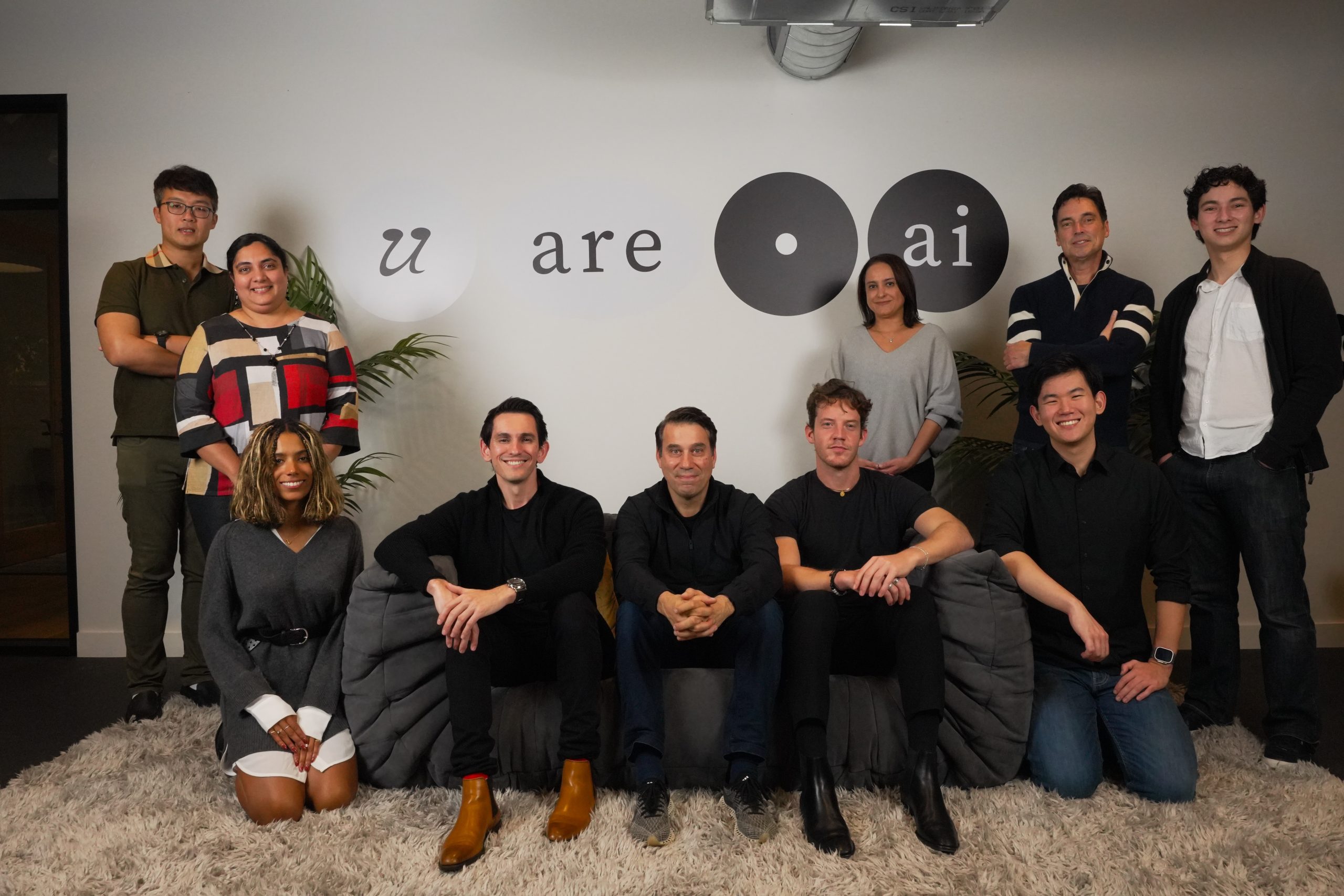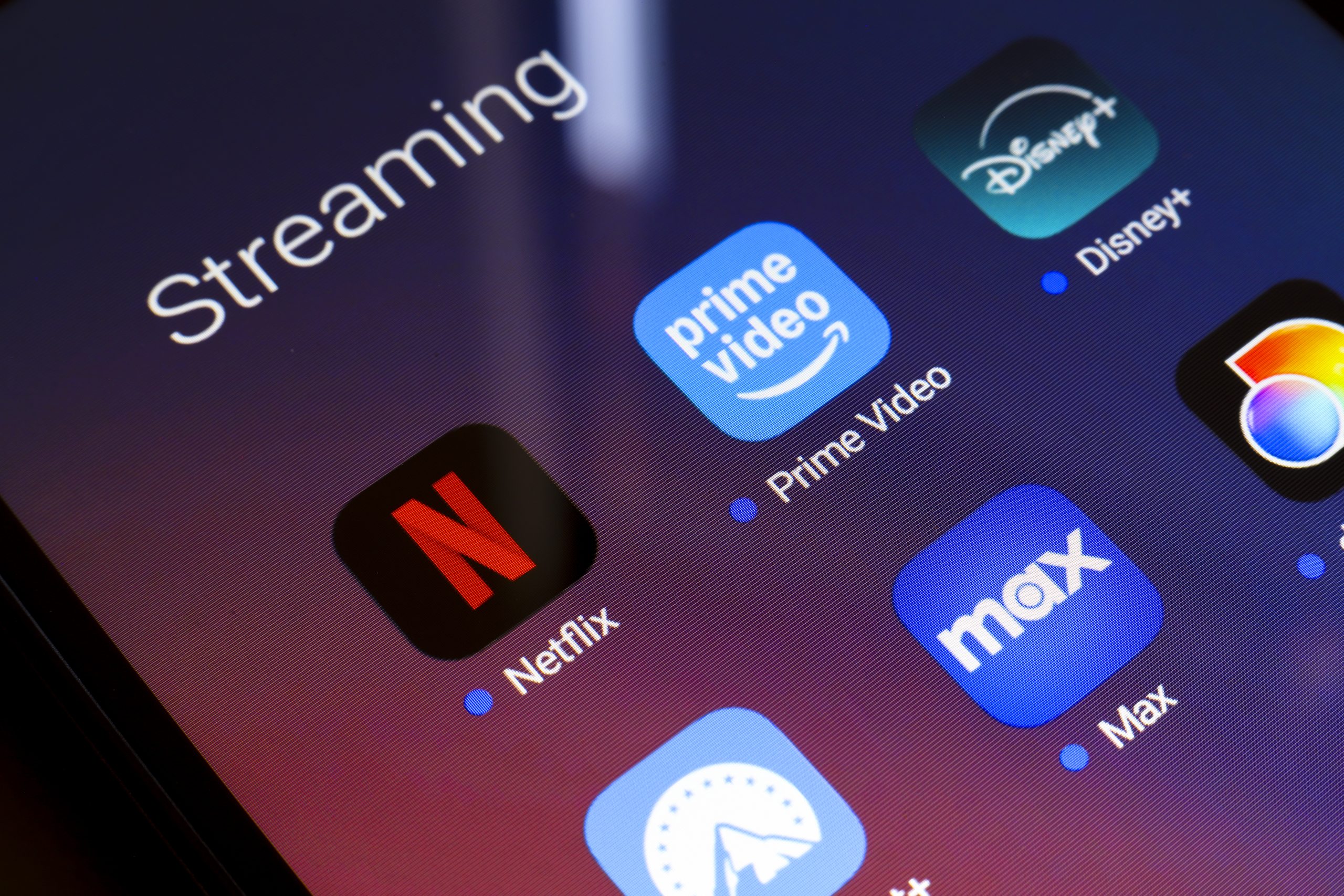
A significant shift is underway in the rapidly evolving artificial intelligence landscape, spearheaded by a veteran of the digital communication industry. Robert LoCascio, the visionary behind LivePerson, a company credited with introducing web chat to the internet in 1997, has embarked on a new venture that promises to redefine personal and professional interaction in the age of generative AI. His latest endeavor, initially known as Eternos, has now rebranded as Uare.ai, securing a substantial $10.3 million in seed funding from prominent investors Mayfield and Boldstart Ventures to pursue its ambitious mission: enabling individuals to create and own sophisticated digital replicas of themselves.
From Web Chat Pioneer to AI Visionary: LoCascio’s Enduring Impact
Robert LoCascio’s career has consistently been at the forefront of technological innovation designed to enhance human connection. For nearly three decades, he served as the chief executive of LivePerson, a publicly traded firm he founded, which revolutionized how businesses interact with their customers online. Before the widespread adoption of instant messaging and chatbots, LivePerson pioneered the concept of web chat, fundamentally altering customer service and online engagement paradigms. This foundational experience in mediating human-digital interactions provided LoCascio with a unique perspective on the potential, and pitfalls, of technological intermediaries. His decision to step down from LivePerson in 2023 marked a transition from one era of digital communication to another, driven by the profound advancements in generative artificial intelligence that began to capture global attention around that time.
The explosion of large language models (LLMs) and their capabilities to generate human-like text, images, and even code inspired LoCascio to consider the "highest bar" for this technology: the replication of human beings themselves, complete with their unique life stories, personalities, and decision-making frameworks. This vision laid the groundwork for his next entrepreneurial chapter, one that sought to harness AI not just for broad societal applications, but for deeply personal and individualized purposes.
The Genesis of Eternos: A Glimpse into Digital Legacy
In early 2024, LoCascio launched Eternos, initially self-funded, with a mission rooted in the concept of digital legacy. The service was designed to allow individuals to preserve their voice, stories, and essence for their loved ones, offering a form of digital continuity after their passing. The idea tapped into a burgeoning cultural interest in "digital immortality" – the concept of creating an enduring digital presence that could interact and share knowledge beyond a person’s physical lifespan.
Eternos quickly garnered significant media attention, largely due to its inaugural client, Michael Bommer. Terminally ill, Bommer collaborated extensively with Eternos, spending approximately 25 hours sharing his life’s narrative, interests, and worldview. This intensive data collection process enabled the creation of a digital replica that his family could interact with, providing a poignant and tangible example of the service’s profound potential. The story resonated deeply, highlighting the emotional and psychological implications of such technology for grieving families and those facing end-of-life circumstances.
The concept of digital legacy, while powerful, also raises complex ethical and social questions. Concerns about data privacy, the authenticity of interactions with AI replicas, and the psychological impact on individuals and their families are frequently discussed. While Eternos initially focused on these post-mortem applications, the very process of creating these digital identities began to reveal a broader, more immediate demand.
A Strategic Pivot: Recognizing Broader Needs
A pivotal insight emerged during Eternos’s early operations: a significant portion of individuals expressing interest in the service were not primarily driven by end-of-life planning. Instead, they recognized the immediate utility of having a highly personalized AI that could encapsulate their unique knowledge, personality, and expertise for active, daily use. This observation catalyzed a strategic re-evaluation of the company’s core mission. LoCascio realized that the underlying technology developed for Eternos had a far wider application than just preserving memories for future generations; it could empower living individuals in their professional and personal lives right now.
This realization prompted a fundamental shift from a "legacy business" model to one focused on "personal AI" for active engagement. The company recognized that the same technology capable of creating a digital ‘echo’ of a person could also function as a dynamic, interactive digital assistant, an extension of an individual’s professional and personal capabilities.
The Human Life Model: A Unique Approach to AI Identity
Central to Uare.ai’s innovation is its proprietary framework, the Human Life Model (HLM). Unlike conventional large language models (LLMs) that are trained on vast, generalized datasets scraped from the internet, the HLM is meticulously designed to use only an individual’s specific data. This distinction is critical. General LLMs, while powerful, often reflect the biases present in their training data and can "hallucinate" or generate incorrect information. They aim for broad knowledge and contextual understanding.
In contrast, the HLM’s purpose is to capture the unique values, specific life story, professional expertise, and nuanced decision-making traits of a single person. By relying exclusively on self-provided data – whether through text, voice, or video inputs – the HLM aims to create an authentic and accurate digital representation. LoCascio emphasizes this unique characteristic: "Our AIs will say, ‘I don’t know’ if they can’t answer the question," he stated, highlighting a commitment to accuracy and transparency over speculative generation, a common issue with general LLMs. This approach ensures that the digital twin’s responses are grounded in the individual’s actual knowledge and experiences, rather than extrapolating from a generalized internet corpus.
This bespoke data model offers several advantages. Firstly, it enhances the fidelity of the digital replica, making interactions feel more genuinely aligned with the individual it represents. Secondly, it addresses concerns about data privacy and ownership, as the individual’s data remains distinct and separate from public datasets. Thirdly, it mitigates the risk of the AI generating information that is inconsistent with the individual’s established character or expertise.
Rebranding and Resourcing: Uare.ai’s New Chapter
To reflect this strategic pivot and broader market ambition, the company officially rebranded from Eternos to Uare.ai. This new name subtly hints at the core offering: "You are AI," emphasizing the personal and individualized nature of the technology. The rebrand was accompanied by a significant financial boost, with Uare.ai announcing a $10.3 million seed funding round. This investment, led by prominent venture capital firms Mayfield and Boldstart Ventures, signals strong investor confidence in LoCascio’s vision and the potential of the personal AI market.
Navin Chaddha, managing partner at Mayfield, highlighted Uare.ai’s differentiated strategy and LoCascio’s leadership as key factors. Chaddha noted that while other personal AI ventures exist, Uare.ai’s focus on individual professionals, such as certified public accountants (CPAs), positions it uniquely. LoCascio’s proven track record as a successful entrepreneur, having built LivePerson into a market leader, undoubtedly adds to investor confidence, suggesting a leader capable of navigating the complexities of a nascent, high-growth market.
Empowering Professionals: The Vision for Uare.ai’s Digital Twins
The overarching vision for Uare.ai is to serve as a powerful scaling tool for creators and professionals across various industries. Imagine a scenario where a digital replica of an expert can effectively extend their reach and capacity. Since these personal AI models hold the individual’s full expertise, they are envisioned to perform a range of tasks that currently consume significant human time and resources.
For instance, a digital twin could:
- Generate content: Craft articles, presentations, or social media posts in the individual’s unique voice and style, drawing upon their specific knowledge base.
- Handle customer or client interactions: Provide informed, personalized responses to queries, offer advice, or guide through complex processes, acting as a tireless assistant.
- Execute projects: Assist in data analysis, research, or even creative tasks by leveraging the encapsulated expertise and decision-making frameworks.
- Educational applications: Serve as a personalized tutor or mentor, sharing specialized knowledge on demand.
This concept holds immense potential for fields requiring deep expertise and frequent interaction, such as consulting, law, medicine, finance, and creative arts. A consultant could use their digital twin to scale their advice to more clients simultaneously. A popular content creator could manage a larger community by having their AI interact with fans or answer common questions. The promise is to augment human capabilities, allowing professionals to focus on higher-level strategic work while their digital counterparts handle routine or scalable tasks.
Uare.ai plans to launch its platform later this year. At that point, individuals will be able to commence the training of their HLMs. The process involves responding to Uare.ai’s structured questions about their lives, experiences, and professional knowledge, utilizing various input modalities including text, voice, and even video. This multi-modal input aims to capture a richer, more nuanced representation of the individual. "The first part is getting a human life story," LoCascio explained, detailing the initial conversational phase. "Where’d you come from? Tell me a story about your childhood. What’s a crossroad in your life when you were younger?" Following this narrative phase, users will submit additional factual information, particularly concerning their profession. "We blend the facts with this human life story, and that gives us your model," he concluded, outlining the synthesis of personal narrative and factual data.
Data Ownership and Ethical Considerations
A cornerstone of Uare.ai’s philosophy, as articulated by LoCascio, is the principle of individual data ownership. "I started to realize that the big models, they’re taking our datasets, and they’re getting smarter because of us," he commented. "We don’t have to take that path. You own the model, and you can share it and monetize it." This stance directly addresses growing concerns about the ownership and monetization of personal data in the age of AI. By empowering individuals to own their digital models, Uare.ai proposes a different paradigm, one where users can potentially generate revenue from their digital twins through subscription fees or a share of income derived from their AI’s activities. This could unlock new economic opportunities for professionals and creators, transforming their expertise into scalable, monetizable digital assets.
However, the proliferation of personal AI also raises critical ethical questions. How will the integrity and authenticity of professional interactions be maintained when individuals are interacting with a digital twin? What are the implications for accountability and liability? Safeguarding privacy and ensuring the ethical use of these highly personalized AI models will be paramount. Uare.ai’s commitment to the HLM not drawing on general LLMs is a step towards ensuring fidelity to the individual, but broader societal norms and regulations will need to evolve to manage this new form of digital identity.
The Expanding Landscape of Personal AI
Uare.ai operates within an increasingly competitive and innovative sector. Other startups are also venturing into the personal AI space, each with its unique approach. For example, Delphi, a Sequoia-backed company, has attracted high-profile individuals like Arnold Schwarzenegger, allowing others to interact with his replicated knowledge via voice or text. These platforms collectively point to a future where personalized AI is not just a niche concept but a mainstream tool for enhancing human capabilities and interactions.
The success of Uare.ai and its competitors will depend on several factors: the accuracy and fidelity of their digital replicas, the robustness of their privacy and security protocols, the ease of use for training and deployment, and their ability to demonstrate clear value propositions for individuals and businesses. As the technology matures, the market will likely see increased specialization, with different platforms catering to distinct needs—from professional augmentation to personal companionship or legacy preservation.
Looking Ahead: Opportunities and Challenges
Uare.ai’s rebrand and significant funding underscore a burgeoning market for personal AI. Robert LoCascio’s journey from pioneering web chat to envisioning digital twins reflects a continuous drive to enhance human connection and capability through technology. The Human Life Model offers a compelling alternative to generalized AI, promising greater authenticity and control for the individual.
The opportunities are vast, particularly for professionals seeking to scale their expertise, content creators aiming to deepen engagement, and anyone looking for a highly personalized digital assistant. However, challenges remain. User adoption will depend on trust, perceived value, and the seamless integration of these digital twins into daily workflows. Addressing complex ethical considerations around identity, privacy, and accountability will be crucial for long-term success. As Uare.ai prepares for its platform launch, it stands at the precipice of a new frontier, potentially reshaping how individuals interact with technology and, ultimately, how they extend their own presence and impact in the digital world.





